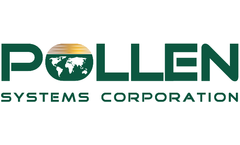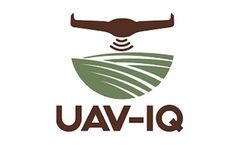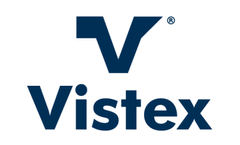Ndvi Articles & Analysis
39 articles found
The ThirdEye project supports farmers in Mozambique and Kenya with their decision making in farm and crop management by setting up a network of flying sensors operators. Our innovation is a major transformation in farmers’ decision making regarding the application of limited resources such as water, seeds, fertilizer and labor. Instead of relying on common-sense management, farmers are now ...
Time management is a critical component of harvest preparation - when a grower has multiple fields to stage, knowing where to prioritize first is key. Mature canola crops are challenging to navigate through and a common workaround to gauge staging readiness includes perimeter scouting, or evaluating seed color change and degree of dry down along the edges of the ...
Keeping these records will also give you insight into where to ground truth your fields if you are identifying yield variations (or maturity/quality variations) whether it be on your yield maps, in the combine on the monitor or through different types of crop imagery such as NDVI. 4. The right tools for the job Lastly, bring the right tools. ...
Scouting reports hold incredible value if done correctly. Growers, crop advisors and their teams can share relevant information, keep track of important occurrences and make better decisions based on facts. In this blog post, we will discuss how to create the best and most efficient scouting reports. One of the first and oldest field data collection methods is scouting. Farmers would ...
The images helps as per following: NDVI (Normalised difference vegetative index): NDVI images help to differentiate the bare soil from forests or grassland, detect plants under stress and know the different crops and crop stages. ...
The yield was calculated using the NDVI (Normalized Difference Vegetation Index) and the Farmonaut platform helped in field mapping. ...
We have designed our portal to put industry-leading precision viticulture tools directly into the hands of growers and wineries, taking the stress out of your vineyard management with on-demand analysis to help you increase the value of your yield. We’ve come a long way over the last couple of years developing our capabilities from detecting vineyards remotely to monitoring key indicators ...
2-minute read To achieve the desired quality of wine, grapes need to be harvested at a specific maturity level. A key determinant of maturity is grape sugar levels. In simple terms, sugar levels at the time of harvest determine the alcohol content of the wine produced, but it goes beyond that to affect the characteristics and temperament of the wine. Predicting when grapes reach the desired ...
Labour costs, particularly for large blocks, make regular manual monitoring of variability (commonly measured by NDVI) impractical. Using satellite imagery and drones is expensive, and neither technology is readily available. ...
Remote sensing technology can provide images of vegetation indices, such as NDVI. NDVI can be related to the LAI (leaf area index), nutrient deficiencies, water stress status, or health status. For example, a map of NDVI can help winegrowers detect spatial variability of the vineyard, and map out vineyard zones. ...
A formula is used to analyse the NIR data returned and provides Pollen Systems with two main metrics to measure plant vigor: NDVI (Normalized Difference Vegetation Index) and NDRE (Normalized Difference Red Edge). ...
While the potential is clear, early attempts and even some current offerings by companies that offer satellite data analytics use Satellite imagery data such as Normalised Difference Vegetation Index (NDVI) to predict yield and this has led to large error rates, up to 50%. ...
Vegetation health indices such as Normalised Difference Vegetation Index (NDVI) and Normalised Difference Water Index (NDWI) can provide a proxy measure of available water content in plants and soil. ...
An Agricultural Technologist mainly does two things that keep Pollen Systems flying: researching crops and drawing maps! Agricultural Technologists are often studying ways to improve our analytics and best serve our customers. However, the bulk of the work during the Pacific Northwest growing season is analyzing imagery collected by our pilots and packaging it into periodic updates for our ...
“Decisive Farming also has a patented process to build a multi-year composite fertility index map using normalized difference vegetation index (NDVI) imagery and topographic data to build a map that is representative of the ...
Scheid Vineyards’ team mostly uses the well-known Normalized Difference Vegetation Index (NDVI), which they try to correlate with field observations, such as irrigation and overall canopy health. ...
Benefits of AgTech Software There are many ways AgTech software benefits farmers, providing visibility and insights into the day-to-day activities and operations, including the following: Decreases food-borne illnesses due to pathogens, ensuring better, safer nutrition sources Enables a larger variety of produce Creates a traceable trail from the grocer or restaurant back to the field, and ...
3D assessment of plants became a commonly used technology in plant phenotyping to measure morphological and architectural features of plants. Although, 3D sensors such as PlantEye can be the workhorse for every phenotyping platform, it still lacks the ability to measure changes in color or other spectral information that are an important indicator for the plants physiological ...
The images have then been uploaded to Solvi and converted to an orthophoto. Using analysis tools, the NDVI index was calculated and it showed a great variation in how rapidly winter wheat grew in the ...
BySolvi AB
The images were then uploaded to Solvi, which processed them and within about 20 minutes produced detailed map over the whole field that clearly showed variations based on NDVI vegetation index. As soon as the field was mapped, the decision was made that the N would be spread using a variable rate application file. ...
BySolvi AB


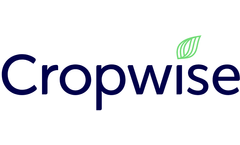
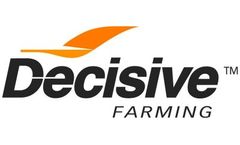
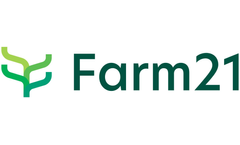
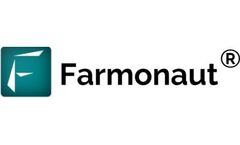
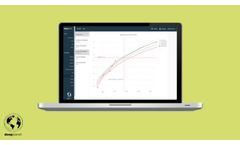
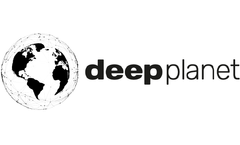
![Precision viticulture technology a key to producing premium quality wines in changing climate [part 2] Precision viticulture technology a key to producing premium quality wines in changing climate [part 2]](https://d32zuqhgcrpxli.cloudfront.net/eyJidWNrZXQiOiJlZS1maWxlcyIsImtleSI6ImZpbGVzLzExMTU3Mi9pbWFnZXMvMTExNTcyXzBfMjAyMDEwMDgxNDQ2MDMyODkxMTk4XzQwMC5wbmciLCJlZGl0cyI6eyJyZXNpemUiOnsiZml0IjoiY29udGFpbiIsImJhY2tncm91bmQiOnsiciI6MjU1LCJnIjoyNTUsImIiOjI1NSwiYWxwaGEiOjF9LCJ3aWR0aCI6MjQwLCJoZWlnaHQiOjE0NX19fQ==)
